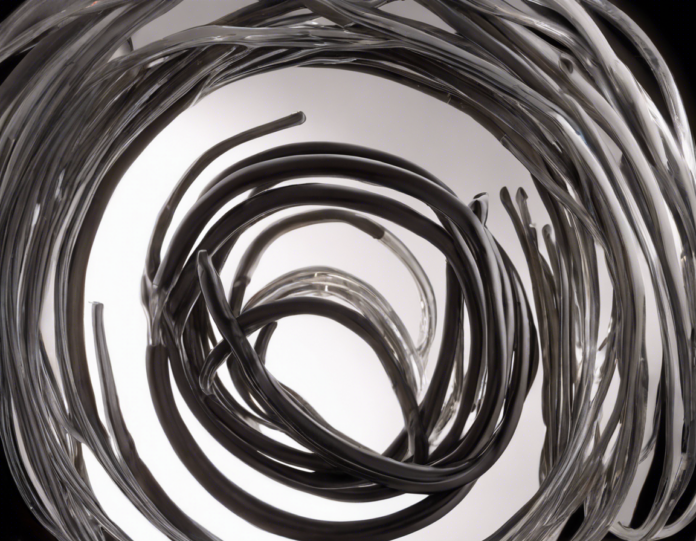Introduction
Ebony wood is a prized material known for its luxurious appearance, durability, and versatility. Its rich history, deep hues, and unique properties have captivated artisans, designers, and wood enthusiasts for centuries. In this comprehensive guide, we will delve into the world of ebony wood, exploring its origins, characteristics, uses, care tips, and more. Join us on a journey to discover the beauty and allure of this exquisite material.
The Origins of Ebony Wood
Ebony wood is derived from several species of trees belonging to the genus Diospyros, commonly found in tropical regions of Africa, Asia, and parts of the Americas. The most renowned variety is African ebony (Diospyros crassiflora), prized for its deep black color and fine grain. Other notable species include Macassar ebony (Diospyros celebica) from Southeast Asia and Gaboon ebony (Diospyros spp.) from Central Africa.
Characteristics of Ebony Wood
-
Color: Ebony wood is famed for its rich, dark color, ranging from deep black to dark brown. The heartwood typically showcases a striking contrast with the lighter sapwood.
-
Density: Ebony is among the densest and heaviest woods in the world, renowned for its hardness and durability.
-
Grain: The fine, uniform grain of ebony contributes to its smooth texture and polishability. Quarter-sawn ebony often exhibits a desirable wavy or striped pattern.
-
Luster: Ebony wood possesses a natural luster that adds to its elegant aesthetic.
-
Stability: Due to its low moisture content and density, ebony is resistant to warping and dimensional changes.
Uses of Ebony Wood
Ebony wood has been cherished for centuries for its beauty and utility in a wide range of applications. Here are some common uses of ebony:
-
Fine Furniture: Ebony is a popular choice for crafting luxury furniture, such as tables, chairs, cabinets, and ornamental pieces.
-
Musical Instruments: Many high-end musical instruments feature ebony components, including fingerboards, bridges, and piano keys, due to its resonant properties and aesthetic appeal.
-
Woodworking: Ebony wood is sought after by woodworkers for creating intricate inlays, turning projects, and decorative accents.
-
Knife Handles: The dense and durable nature of ebony makes it an ideal material for knife handles, providing a comfortable grip and stylish finish.
-
Turnery: Ebony is favored by turners for creating bowls, vases, bottle stoppers, and other turned items that showcase its vibrant colors and patterns.
-
Artisan Crafts: From sculptures and jewelry to small decorative items, ebony wood is a preferred choice for artisans seeking a luxurious material for their creations.
Caring for Ebony Wood
Proper care and maintenance are essential to preserve the beauty and longevity of ebony wood products. Here are some tips for caring for ebony wood:
-
Cleaning: Use a soft, damp cloth to wipe down ebony surfaces, followed by a dry cloth to prevent moisture damage.
-
Polishing: Apply a small amount of high-quality furniture polish designed for hardwoods to enhance the luster of ebony wood.
-
Avoid Direct Sunlight: To prevent fading and drying of ebony, keep it away from direct sunlight and extreme temperature variations.
-
Humidity Control: Maintain optimal humidity levels (around 40-60%) to prevent ebony from cracking or warping.
-
Avoid Harsh Chemicals: Refrain from using abrasive cleaners or harsh chemicals that can damage the finish of ebony wood.
-
Regular Maintenance: Periodically oil or wax ebony surfaces to nourish the wood and protect it from wear and tear.
Ebony Wood in Art and Culture
Ebony wood holds a significant place in art, culture, and historical symbolism. Here are a few noteworthy mentions:
-
Ancient Egypt: Ebony was prized by the ancient Egyptians for its beauty and symbolism of strength and prosperity. It was used in the crafting of furniture, ornaments, and ritual objects.
-
Medieval Europe: Ebony wood was highly sought after during the Medieval period for its luxurious allure and associations with power. It was used to create precious items, religious artifacts, and royal furniture.
-
Modern Art: Many contemporary artists incorporate ebony wood into their sculptures, furniture designs, and mixed-media artworks to evoke a sense of elegance and sophistication.
FAQs About Ebony Wood
Q1: What is the difference between African ebony and Macassar ebony?
A1: African ebony (Diospyros crassiflora) is known for its deep black color and fine grain, while Macassar ebony (Diospyros celebica) features distinctive brown streaks against a dark background.
Q2: Is ebony wood sustainable?
A2: Due to high demand and slow growth rates, sourcing ebony sustainably can be challenging. Look for certified sources and consider alternative options like ebony substitutes.
Q3: How can I tell if a piece of wood is genuine ebony?
A3: Authentic ebony wood is dense, heavy, and exhibits a distinctive dark color. Look for uniform grain and smooth texture as indicators of genuine ebony.
Q4: Can ebony wood be combined with other materials in design?
A4: Ebony wood pairs beautifully with a variety of materials, such as metal, glass, and stone, creating striking contrasts and sophisticated designs.
Q5: What are the symbolic meanings associated with ebony wood?
A5: Ebony wood is often linked to attributes like strength, prosperity, luxury, and mystery in cultural traditions and historical contexts.
Conclusion
Ebony wood stands as a testament to timeless elegance and unmatched quality in the world of fine craftsmanship and design. From its origins in tropical forests to its incorporation in art, furniture, and musical instruments, ebony continues to captivate and inspire creators and enthusiasts worldwide. Embrace the beauty and sophistication of ebony wood in your surroundings and experience the luxury of this exquisite material.













